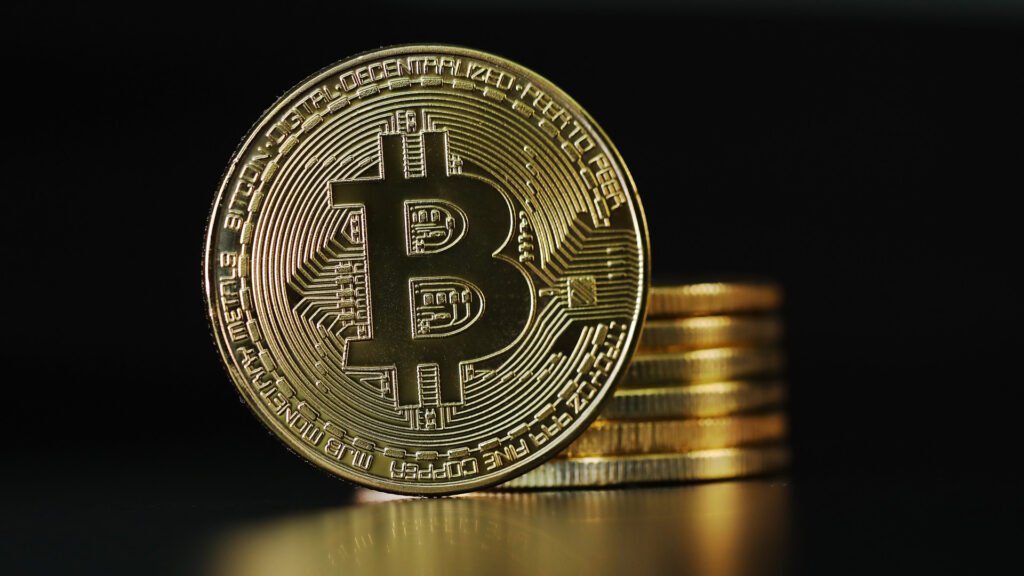
Investing in crypto can be exciting, but many new investors fall into common traps when it comes to trading and investing in cryptocurrencies. From poor security practices to a lack of knowledge about crypto markets, new investors can quickly lose money.
We’ll cover the most common mistakes made by new crypto investors, and how you can avoid them.
1. Lack of Basic Crypto Knowledge
New crypto investors may be attracted to all the hype surrounding Bitcoin and other cryptocurrencies, but investing in crypto requires understanding the asset class and how it works. Investing in an asset you don’t understand, or trying to trade crypto without understanding the basics of how cryptocurrency works, is a recipe for disaster. Taking time to educate yourself on different crypto projects and the goals of each crypto company will make you a better investor.
2. Ignoring Fees
While there are many ways to buy crypto, new investors might just jump into purchasing crypto without understanding how the gas fees work on exchanges. For example, buying crypto with a credit card may come with massive surcharge fees (3% or more) and could also come with additional charges from your card company. Learning about which crypto exchanges offer low fees and the best method for purchasing and trading crypto will save a lot of money in the long run.
3. Short-term Thinking
The promise of “get rich quick” within the market has many new investors only thinking short term. And while there is a possibility of earning massive gains on a crypto investment, there is also a possibility of losing all of your funds to a bad investment move.
Having a long-term investment mindset will help you choose your crypto investments more carefully, and concentrate on picking higher-quality projects with long track records. Trying to get rich in 90 days is a fast way to go broke, but thinking about crypto investing as a multiyear process will help you build a more thoughtful crypto portfolio.

4. Keeping Crypto in Online Wallets
Cryptocurrency is a digital currency and requires a digital wallet to store it. While utilizing an online wallet is more convenient, it is also far riskier than storing your crypto offline. Online wallets are more prone to vulnerabilities, and hackers can drain your wallet through crypto scams or hacks. The most secure way to store your crypto is in an offline hardware wallet, which is essentially a USB stick with advanced hardware and software encryption to protect your crypto private keys.
5. Forgetting Crypto Passwords or Seed Phrases
Since cryptocurrency is kept in a digital wallet, these wallets require passwords to access. If you forget your password, your cryptocurrency may not be recoverable. Most wallets have a backup seed phrase to gain access to the funds, but if that seed phrase is lost or forgotten, there may be no alternative option for recovering your funds.
6. Wrong Wallet Address
Transferring crypto between digital wallets is how you take custody of your crypto from an exchange, or how you send funds from one party to another. But a common mistake of new investors is attempting to transfer crypto funds to your wallet, only to mistype the wallet address. When this happens, the crypto is sent to an erroneous wallet address and may be unrecoverable. While there are recovery services that may be able to help with this, it could be very costly.

7. Getting Scammed
As a new asset class, the cryptocurrency market is full of scammers. In fact, the Federal Trade Commission (FTC) reported nearly $700 million in stolen crypto assets in 2021 alone.1 These criminals employ sophisticated phishing techniques to gain access to your crypto wallet and convince you to transfer funds to their wallet.
Crypto scams can happen through email or messaging apps, with perpetrators pretending to act in your best interest. Wallets can be compromised by simply connecting the online wallet to an application and giving it permission to access funds. And while this is common practice for many crypto apps, scammers can use this technique to drain crypto wallet funds.
To avoid these scams, never connect your online wallet to an untrusted application, and keep most of your crypto funds in offline hardware wallets. Also, never give out your wallet password, seed phrase, or private keys.
8. Use of Leverage
New crypto investors may be enticed by stories of rags to riches through crypto trading and try utilizing leverage to multiply their returns. The problem is that leveraged trading requires up-front collateral, and if a trade goes poorly, you may lose all of your funds. Remember, leverage works both ways—and can multiply your losses as well.
New crypto investors would do better to avoid trading with leverage, utilizing it only after gaining sufficient trading experience.
9. Overcomplicated Trading Strategy
New crypto investors who try to jump straight into complicated trading strategies because some YouTuber told them to can quickly lose money and give up on crypto as a whole. It takes time to learn technical analysis, conditional orders, and how the crypto markets work.
Investing in crypto can actually be simple. There is no need to create a complicated trading strategy to try and grow your portfolio. Similar to traditional investing, you can dollar-cost average into cryptocurrency without the need for active trading and being glued to crypto charts 24 hours a day.
10. Order Errors
While some crypto exchanges, like Coinbase, specialize in making it simple to purchase crypto, many have complicated order forms and trading platforms that can confuse new users. When placing an order, a simple decimal point error could cost thousands, multiplying losses. In fact, a recent error cost a seller nearly $300,000 when he sold a premium NFT for 0.75 Ether instead of 75 Ether.2
To avoid these costly mistakes, always double-check your orders or transfers before submitting them. Crypto is irreversible, so it’s best to make sure before you submit a transaction.




























